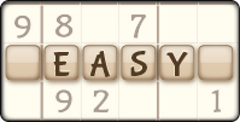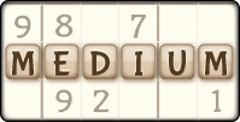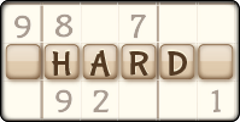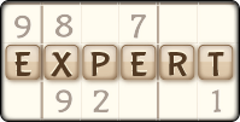Who Invented Sudoku? The History Behind This Popular Puzzle Game
Sudoku is one of the most beloved puzzles in the world today, but its origins stretch back much further than you might expect. The journey from an 18th-century mathematical curiosity to the global phenomenon we know today involves several key players and fascinating twists.

Origins of Sudoku
Sudoku’s roots lie in Latin squares, a mathematical concept developed in the 18th century by Swiss mathematician Leonhard Euler. He created a system where numbers in a grid appeared only once in each row and column. While not identical to Sudoku, it set the foundation for later puzzle designs.
Early Development and Creators
Fast forward to the late 1970s, American architect Howard Garns is typically credited for the creation of a puzzle called “Number Place.” A French version of the same puzzle appeared in the 1890s in La France. It featured a 9x9 grid where each row, column, and smaller 3x3 section had to contain the numbers 1 through 9. Published by Dell Magazines, this puzzle introduced the essential rules of what would become Sudoku. However, it didn’t catch on immediately.
The Puzzle's Evolution
In 1984, Japanese puzzle company Nikoli gave Garns’ creation a new life. Nikoli introduced the puzzle to Japan under the name Sūji wa dokushin ni kagiru, meaning “the digits must remain single.” Shortened to “Sudoku,” this simpler name resonated with Japanese audiences. Nikoli also made small changes, such as limiting the number of pre-filled numbers to increase the puzzle’s difficulty and appeal.
Key Figures in Sudoku History
While Howard Garns deserves credit for popularizing the design, it was Maki Kaji who championed Sudoku’s growth in Japan. Known as the “Godfather of Sudoku,” Kaji promoted the puzzle tirelessly and refined its presentation. His efforts helped Sudoku take off, turning it into a Japanese staple.
Popularization in Japan
The simplicity of Sudoku made it an instant hit in Japan during the 1980s. Its rules required no language skills, making it accessible to everyone. Sudoku soon became a staple in Japanese newspapers, where its compact format fit perfectly alongside crosswords and other brain teasers.
Sudoku's Global Impact
The puzzle reached global fame in the early 2000s thanks to New Zealand judge Wayne Gould. Gould discovered Sudoku during a trip to Japan and developed a computer program to generate puzzles. He pitched Sudoku to newspapers in the UK, with The Times publishing the first Sudoku puzzle in 2004. Its popularity exploded, spreading to Europe, the US, and beyond.
Modern Variations and Innovations
Sudoku’s classic format has inspired countless variations. Today, you can find Sudoku puzzles with larger grids, symbols instead of numbers, and additional constraints like diagonals or overlapping grids. Online platforms and mobile apps have brought the game to new generations, ensuring its continued evolution.
The Puzzle's Cultural Significance
Sudoku is more than a pastime; it’s a cultural icon. It’s used in classrooms to teach logic, featured in competitions, and even incorporated into cognitive therapy for mental sharpness. Its universal appeal bridges cultures, languages, and age groups, making it one of the most inclusive puzzles of all time.
Sudoku’s journey from an obscure mathematical principle to a global sensation is a testament to its enduring charm. Whether you’re a casual solver or a die-hard enthusiast, you’re part of a rich history that spans centuries and continents.
Sudoku Levels
Seasonal Sudoku Games
More Games
Sudoku News
Disclaimer
DISCLAIMER: The games on this website are using PLAY (fake) money. No payouts will be awarded, there are no "winnings", as all games represented by 247 Games LLC are free to play. Play strictly for fun.





































